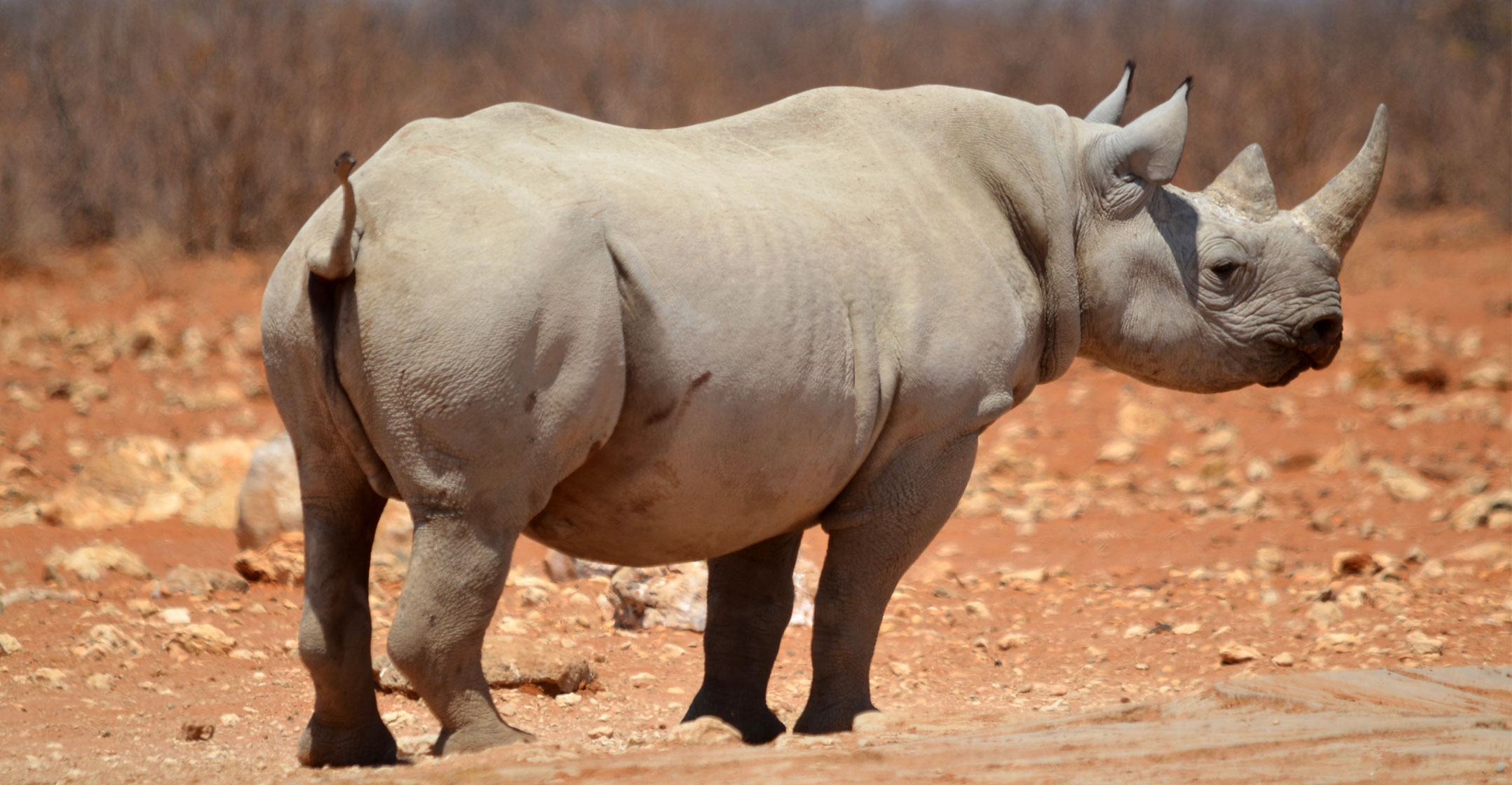
MTN and IBM are introducing collars for prey animals that help combat rhino poaching, a test case for new wireless technologies.
The collars track and monitor prey animals such as zebras that graze close to rhinos, detecting when the animals sense a threat and start moving around. The data gets picked up by MTN’s network, sent to a satellite and analysed in the cloud where it can be accessed through a mobile application, the companies said.
Johannesburg-based MTN, like wireless carriers globally, is seeking new revenue sources and uses for its network as competition weighs on call and data prices. IBM is targeting a foothold in the market for the Internet of things.
“This will be a first of its kind to tackle the rhino poaching problem in Africa,’’ said Craig Holmes, a business development vice president at IBM. “The project is an example of how IBM is increasingly working with partners to roll out practical applications for the Internet of things.’’
Rhino-horn demand has climbed in nations including China and Vietnam because of beliefs that it can cure diseases such as cancer or ease a hangover. Rhino horn can sell for as much as US$95 000/kg in Asia, more valuable than gold.
The collars will provide an affordable and easily duplicated solution, with only a mobile phone needed to detect a potential poaching situation, said Petrus Greyvenstein, an IBM technical leader. More than a thousand of the animals have been slaughtered each year since 2013 in South Africa, according to Save the Rhino International, a London-based charity.
The collars will be rolled out initially at the Welgevonden Game Reserve in South Africa, which assisted with the research together with the Wageningen University. They will be introduced in other countries where MTN operates later on, according to MTN business manager Mariana Kruger. The collars have a battery life of more than five years, she said. — (c) 2017 Bloomberg LP




